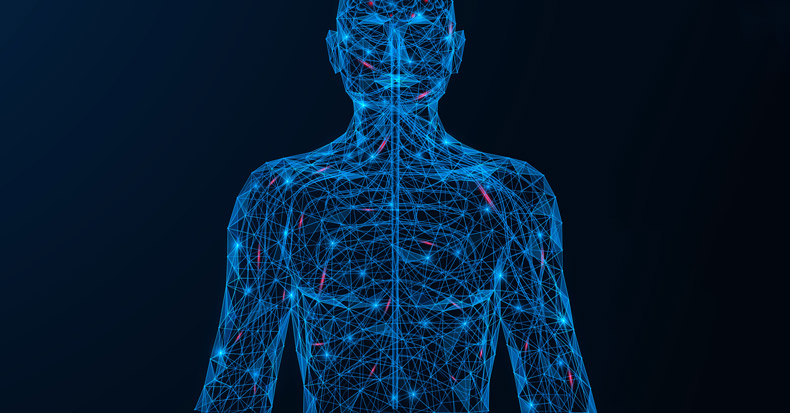Osteoarthritis of either the knee or hip is characterized by a long period of progressively increasing pain and disability that may eventually result in the need for joint replacement surgery after several years. Before considering surgical intervention, clinical guidelines recommend utilizing non-surgical treatment options first, of which there are many choices available to a patient. […]
Warning about Whiplash in the Pediatric Population
For adults, whiplash injuries are typically associated with motor vehicle collisions, particularly from a rear-end impact that causes a rapid acceleration/deceleration of the head and neck. However, in the pediatric population, there are many other causes of head and neck trauma that caregivers and healthcare providers need to be on the lookout for as the […]
Thoracic Outlet Syndrome and Chiropractic Care
The Importance of Double Crush and Postural Distortions Background Nerves emanating from the neck (cervical spine) travel into the arm (shoulder, arm, forearm wrist, hand, fingers). When a patient presents with radiating symptoms (pain, tingling, numbness, etc.) into the arm, default thinking is that the patient has a neck problem. Therefore, the initial examination, imaging, […]
Initial Provider Choice and Future Low Back Pain-Related Costs
Low back pain (LBP) is a global health problem that will affect most adults at least once in their lifetime. For many, LBP may become a chronic issue that can significantly affect their ability to work and carry out normal activities of daily living. While we often discuss how chiropractic care serves as an excellent […]
Manual Therapies for Most Carpal Tunnel Syndrome Patients?
Carpal tunnel syndrome (CTS) is a fairly common condition that occurs when the median nerve is compressed or its movement is restricted as it passes through the wrist. There can be many potential causes median nerve entrapment in the carpal tunnel from inflammation caused by overuse or chronic health conditions to mechanical injury. Treatment guidelines […]
The Multifactorial Problem of Frozen Shoulder
The condition that’s often referred to as frozen shoulder goes by many monikers: adhesive capsulitis, painful stiff shoulder, periarthritis, and idiopathic restriction of shoulder movement. Regardless of the name, frozen shoulder presents itself as a stiff, inflexible, and painful shoulder joint and it often arises in a mysterious way that’s sometimes difficult to trace. The […]
Posture and Neck Pain in the Younger Population
After low back pain, neck pain is the most common reason for a visit to a chiropractic office. There are many risk factors for neck pain including postural faults in the neck and upper torso. Let’s look at how common poor posture is among youths and what can be done to reduce the risk for […]
Warning Signs for Chronic Whiplash
Whiplash injury can occur from any rapid acceleration/deceleration of the head and neck, and it can lead to a cluster of symptoms including neck pain, headache, dizziness/balance loss, fatigue, depression, irritability, mental fog, tinnitus, and more that is collected under the umbrella term whiplash associated disorders (WAD). The current data suggest that roughly half of […]
Vitamin D and Healthy Aging
Vitamin D, also referred to as calciferol, is a fat-soluble vitamin that is present in a few foods, is added to others, can be taken as a dietary supplement, and is produced endogenously when ultraviolet rays from sunlight reach the skin and trigger vitamin D synthesis. While many people associate a lack of vitamin D […]
An Updated Look at Opioid Use for the Management of Spinal Pain and the Chiropractic Alternative
In 2018, Eduardo Hariton, MD, and Joseph Locascio, PhD, from Massachusetts General Hospital, published an article in the British Journal of Obstetrics and Gynaecology titled (1): Randomised Controlled Trials— The Gold Standard for Effectiveness Research As stated in the title, the authors reaffirm that the gold standard for healthcare scientific research is the Randomized Controlled […]
- « Previous Page
- 1
- …
- 17
- 18
- 19
- 20
- 21
- …
- 156
- Next Page »









